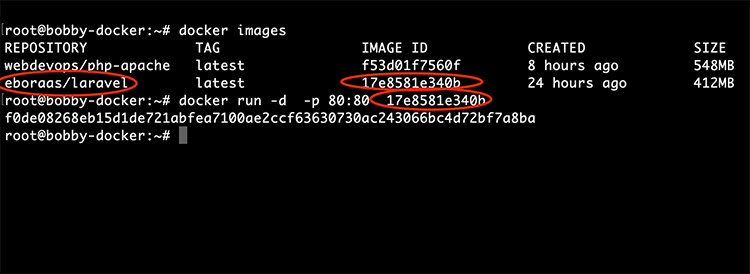
Message="$message\nYour master database file is owned by $master_mdf_owner." Master_mdf_owner=$(stat -c '%U' "$master_path") Master_path="/var/opt/mssql/data/master.mdf" Master_data_file=$($mssql_conf get filelocation masterdatafile | cut -d ':' -f 2 | tr -d ' ')ĭefault_data_dir=$($mssql_conf get filelocation defaultdatadir | cut -d ':' -f 2 | tr -d ' ') # trim any trailing slashes from the path # Check for master.mdf using environment settings Message="SQL Server 2019 will run as non-root by default.\nThis container is running as user $username." You can view the contents of the permission_check.sh file below, or share your thoughts in the comments. That “learn more” link will redirect us to. There are days left in the evaluation period. Your master database file is owned by root. SQL Server 2019 will run as non-root by default.

Note how it says this container is running as root because the underlying master database file is owned by root.

My friend Anthony Nocentino reminded me of the command to view the full logs when a container starts up. With SQL Server 2019, it no longer runs as root by default, but if you have performed an upgrade to 2019, your data files may have been created as the root user, so SQL Server has to run elevated to start correctly this is performed by a script called permission_check.sh. I used sudo docker ps -a -no-trunc to see the full command, which is emulated below (note: this output is heavily abbreviated).ĥ7e9c7ac2470 /mssql/server:2019-latest "/opt/mssql/bin/permissions_check.sh /opt/mssql/bin/sqlservr"ĭeea050363b4 /mssql/server:2017-latest "/opt/mssql/bin/sqlservr"įor reference, SQL Server 2017 on Docker ran as the root user (similar to Local Administrator on Windows Server). In my home lab I have an Ubuntu virtual machine that runs both SQL Server 2017 and SQL Server 2019 in Docker containers.Īfter SQL Server 2019 Release Candidate 1 was released, when I performed my usual migration to get the latest version, I noticed that the command line for the SQL Server instance was different.


 0 kommentar(er)
0 kommentar(er)
